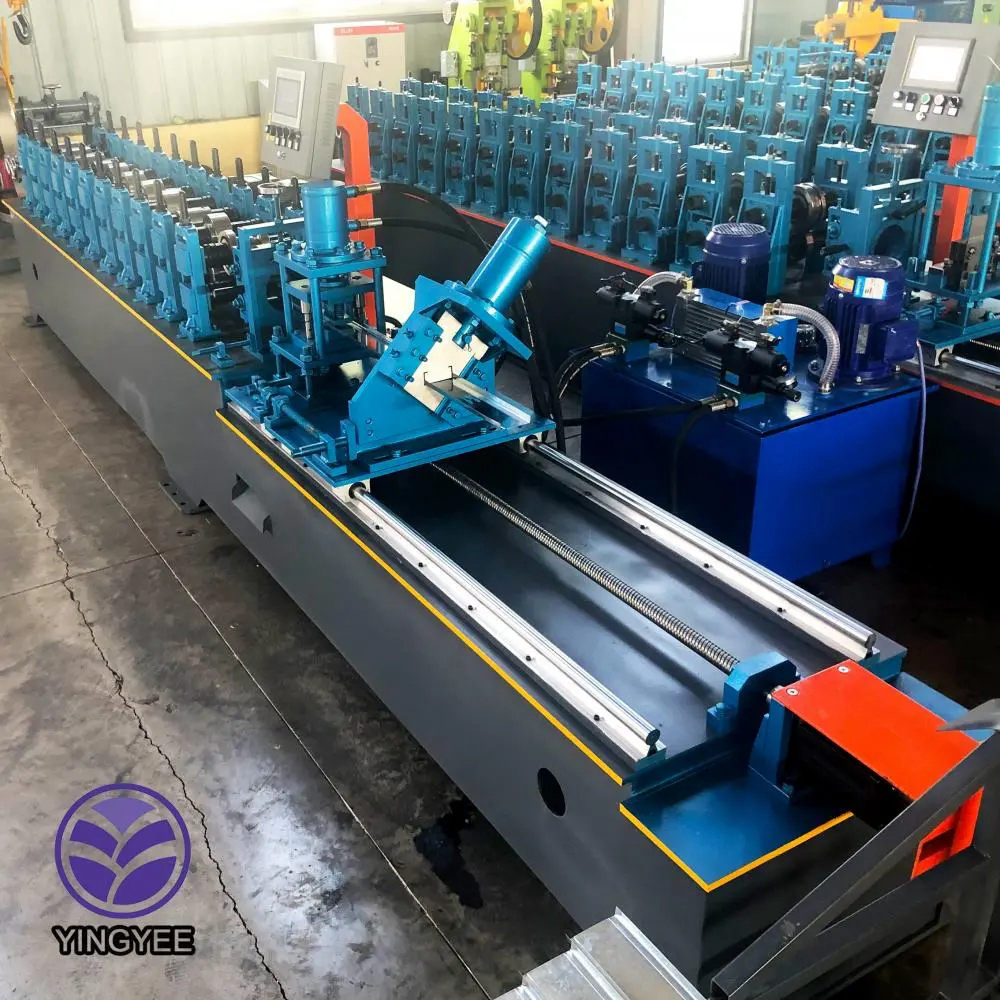
High-Frequency Tube Mill Revolutionizing Manufacturing Processes
The high-frequency tube mill has rapidly gained prominence in the manufacturing sector, particularly in metalworking and fabrication industries. This advanced technology applies high-frequency induction heating to weld the edges of steel strips or tubes, producing high-quality and precise tubular products. With applications ranging from construction to automotive and beyond, the high-frequency tube mill is a pivotal component in modern manufacturing.
High-Frequency Tube Mill Revolutionizing Manufacturing Processes
One of the standout features of high-frequency tube mills is their versatility. These systems can accommodate various sizes and thicknesses of steel strips, enabling manufacturers to produce a wide range of tube diameters and wall thicknesses. This adaptability is particularly valuable in industries with dynamic requirements, allowing manufacturers to quickly switch between different tube specifications without needing extensive reconfiguration.

Another significant advantage of high-frequency tube mills is their efficiency. The rapid heating and welding process significantly reduces production times compared to traditional methods. As manufacturing becomes increasingly lean, minimizing downtime and maximizing output is vital. With the ability to produce thousands of feet of welded tubing per hour, high-frequency tube mills are well-suited to meet the demands of modern production lines.
Additionally, high-frequency tube mills contribute to sustainability efforts within the manufacturing industry. These machines are designed for resource efficiency, generating less waste compared to conventional methods. The precise welding techniques mean that manufacturers can use thinner materials without compromising on strength, leading to a reduction in raw material consumption. Furthermore, the high-speed production capabilities of these mills decrease energy usage per unit output, making them an environmentally friendly choice for manufacturers.
As industries increasingly focus on innovation and productivity, the high-frequency tube mill position itself as a vital technology for future growth. With ongoing advancements in automation and digitalization, these mills are expected to integrate more smart technologies, allowing for better monitoring and optimization of production processes. Such developments will not only improve operational efficiency but also enable manufacturers to maintain high standards of quality and safety.
In conclusion, the high-frequency tube mill is transforming the manufacturing landscape. Through its unique welding process, versatility, efficiency, and sustainability, it has become an essential tool for producing high-quality tubes across various industries. As technology continues to evolve, high-frequency tube mills will undoubtedly play a crucial role in shaping the future of manufacturing, meeting the demands of an ever-changing market while driving innovation and sustainability.